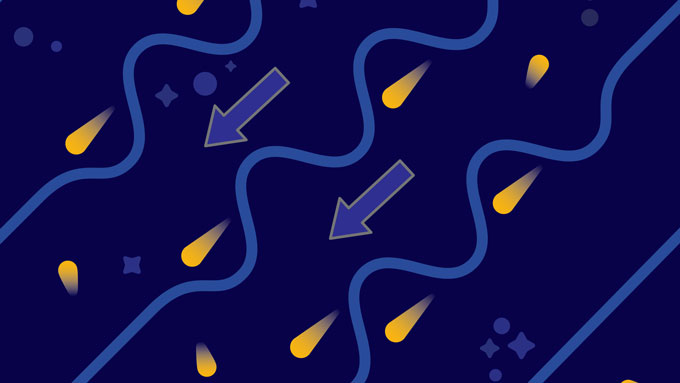By re-creating the conditions for an aurora in the lab, researchers have confirmed how these bright, shimmery curtains of light form.
The northern lights arise when electrons from space cascade into the upper atmosphere, where they collide with oxygen and nitrogen molecules to paint the sky red and green (SN: 2/7/20). But it has been difficult to discern what, exactly, draws those electrons down toward Earth. For decades, scientists have suspected that electrons ride ripples in Earth’s magnetic field, called Alfvén waves, into the atmosphere, like tiny surfers catching waves to shore. But no satellite has ever directly observed this happening.
A new experiment that accelerated electrons with Alfvén waves offers the first direct evidence that these disturbances in Earth’s magnetic field can push electrons into the atmosphere to cause auroras, plasma physicist James Schroeder and colleagues report online June 7 in Nature Communications.

The team filled a 20-meter-long, 1-meter-wide tube with a soup of charged particles, or plasma. Electrical coils created a magnetic field running the length of the chamber. An antenna at one end of the instrument generated its own magnetic field, which essentially plucked the magnetic field lines within the canister to send Alfvén waves rippling through the plasma.
As expected, electrons in the plasma got swept up in the Alfvén waves and accelerated down the chamber. What’s more, “the energy gained per electron per second was similar, in our experiment, to what would be needed out in space to create an aurora,” says Schroeder, of Wheaton College in Illinois.
These results not only confirm the physics behind atmospheric light shows on Earth, Schroeder says. “What’s happening here could very likely be happening at Jupiter, or anywhere else, like Saturn, where we see auroras.”








 User Center
User Center My Training Class
My Training Class Feedback
Feedback












Comments
Something to say?
Log in or Sign up for free